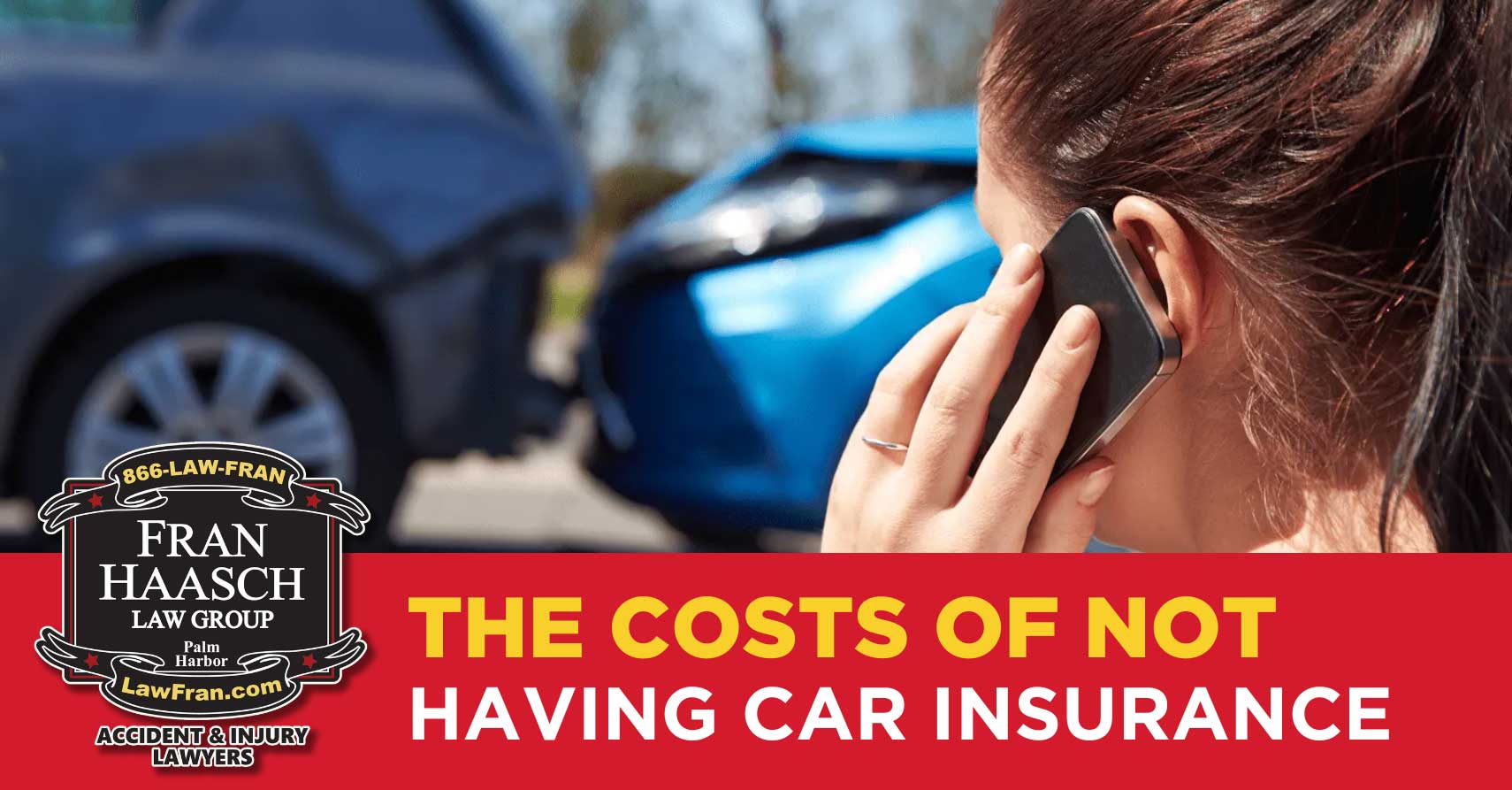What Auto Insurance Is Required by Law in 2024

Introduction
What Auto Insurance Is Required by Law in 2024, as in earlier years, collision protection stays a basic part of protected and legitimate driving in the US. While the points of interest of collision protection prerequisites can fluctuate from one state to another, all drivers are dependent upon specific least inclusion necessities that mean to safeguard the actual drivers, yet additionally other street clients. Whether you are another driver or just hoping to refresh your protection information, it’s critical to comprehend what sorts of accident coverage are legitimately legally necessary in 2024.
The Essentials of Collision protection Necessities
Accident protection is compulsory in each of the 50 states, however the particular inclusion types, cutoff points, and guidelines can vary. By and large, there are three general classes of inclusion that most states expect drivers to convey: liability insurance, uninsured/underinsured driver insurance, and personal injury assurance (PIP) or medical installments (MedPay) inclusion. A few states likewise require extra sorts of inclusion, for example, collision and comprehensive insurance, albeit these are normally discretionary except if indicated by a loan specialist or rent understanding. What Auto Insurance Is Required by Law in 2024.
We should plunge further into the necessary inclusions in more detail.
1. Liability Insurance
Risk insurance is the most well-known kind of accident protection legally necessary across the US. It is intended to take care of the expenses of harm or wounds you cause to others in a mishap for which you are to blame. Obligation protection for the most part incorporates two primary parts:
- Substantial Injury Risk (BI): This covers clinical costs, lost wages, agony and enduring, and different costs brought about by the other driver and their travelers in case of a mishap brought about by you. In certain states, BI inclusion stretches out to travelers in your vehicle also, despite the fact that it may not cover your own hospital expenses (except if you have extra inclusion).
- Property Harm Risk (PD): This takes care of the expense of fixing or supplanting property harmed in the mishap, like another vehicle, a structure, or a wall. Assuming you cause a mishap that outcomes in huge property harm, this inclusion will help pay for the fixes.
Each state has a bunch of least responsibility protection limits, frequently communicated in a three-number configuration (e.g., 25/50/25). These numbers address the accompanying: What Auto Insurance Is Required by Law in 2024.
- The primary number is the most extreme sum your protection will pay per individual for substantial injury (e.g., $25,000).
- The subsequent number is the aggregate sum the strategy will pay for all substantial injury claims in a solitary mishap (e.g., $50,000).
- The third number is the greatest sum for property harm in a solitary mishap (e.g., $25,000).
For instance, in a state like Florida, the base required responsibility protection is regularly 10/20/10, meaning $10,000 for substantial injury per individual, $20,000 per mishap, and $10,000 for property harm. Then again, in states like California, the base required obligation inclusion is normally 15/30/5.
2. Uninsured/Underinsured Driver Protection (UM/UIM)
Uninsured and underinsured driver inclusion is expected in many states, however not all. It safeguards you if you are associated with a mishap with a lacking or no driver protection.
- Uninsured Driver (UM) Coverage: In the event that you are a not hit by a driver have protection, UM inclusion will take care of for your hospital expenses, lost compensation, and different costs coming about because of the mishap.
- Underinsured Driver (UIM) Coverage: Assuming that the to blame driver has protection, however their cutoff points are excessively low to cover the full degree of your harms, UIM inclusion will assist with filling the hole.
In 2024, in excess of 20 states require either UM or UIM inclusion, however a few states permit drivers to quit this inclusion in the event that they decide.
3. Personal Injury Assurance (PIP) or Clinical Installments (MedPay)
Individual Injury Security (PIP) is expected in “no-shortcoming” states, where drivers are expected to convey protection to cover their own clinical costs after a mishap, paying little heed to who is to blame. The no-shortcoming protection framework is intended to diminish case and accelerate remuneration for harmed parties.
PIP for the most part covers:
- Clinical costs for yourself as well as your travelers (regardless of whether you’re the to blame driver).
- Lost compensation assuming that you can’t work because of wounds supported in the mishap.
- Memorial service costs in the event that the mishap brings about a casualty.
Clinical Installments (MedPay) is a comparable inclusion to PIP however is for the most part more restricted in scope. MedPay can be expected in certain states and will cover the clinical costs of the driver and travelers, paying little mind to blame.
A few states, including New Jersey, Michigan, and Florida, are no-shortcoming states where PIP is required. The degree of PIP inclusion required can change, going from essential inclusion to additional complete plans.
4. Other Required Inclusion by State
Notwithstanding the essential inclusion types recorded over, a few states require other explicit kinds of protection:
- Crash Coverage: While not normally legally necessary, a few states might require impact inclusion in the event that you are funding or renting a vehicle. This sort of inclusion helps pay for fixes to your own vehicle in the event that it’s harmed in a crash, paying little heed to who is to blame.
- Complete Coverage: Once more, not legitimately needed by most states, yet like impact inclusion, it very well may be expected by a moneylender. Exhaustive protection covers harms to your vehicle from episodes other than crashes, like robbery, defacement, cataclysmic events, or hitting a creature.
- SR-22/FR-44 Insurance: Drivers who have had their licenses suspended or repudiated might be expected to convey a SR-22 (or FR-44 in specific states like Florida and Virginia). This declaration of protection shows confirmation that the driver meets the state’s base protection prerequisites, and it is commonly expected for a time of 3 years.
5. State-Explicit Requirements
Each state has its own guidelines, which might have advanced in 2024 to adapt to expansion, evolving regulations, and concerns like the ascent of electric vehicles and new transportation innovation. We should take a gander at a couple of instances of state-explicit collision protection prerequisites in 2024:
- California: In California, the state requires obligation protection (15/30/5), however uninsured driver inclusion is discretionary. In any case, numerous drivers select more significant levels of inclusion because of the gamble of uninsured drivers in the state.
- New York: New York is a no-shortcoming state, implying that drivers should convey PIP inclusion to cover doctor’s visit expenses paying little heed to who is to blame in a mishap. The state additionally requires risk protection (25/50/10).
- Michigan: Michigan has one of the most perplexing protection frameworks, with its obligatory PIP inclusion, and its new regulations have brought down the base PIP prerequisites for drivers in 2024, permitting shoppers greater adaptability in picking their inclusion.
- Texas: Texas requires obligation protection (30/60/25), and uninsured driver inclusion is discretionary. Texas is certainly not a no-shortcoming state, implying that the to blame party’s protection covers the harms of the other driver.
6. Insurance Penalties
Neglecting to meet the state’s base protection prerequisites can prompt huge punishments, including:
- Fines and expenses.
- Permit suspension or renouncement.
- Impoundment of your vehicle.
- Expanded insurance installments once you restore your protection.
A few states likewise permit the utilization of electronic confirmation frameworks to really look at drivers’ insurance status, so it’s inexorably vital to guarantee that your contract is dynamic and meets the expected least inclusion limits.
End
In 2024, while the particulars of collision protection prerequisites change by express, all drivers should convey a fundamental degree of obligation inclusion, and many states require extra inclusions like PIP or UM/UIM protection. It is basic for drivers to really get to know the regulations in their particular state to guarantee consistence and to safeguard themselves monetarily in case of a mishap. While accident coverage can feel like an additional cost, a fundamental shield gives inner harmony and monetary insurance out and about.
As collision protection prerequisites might change occasionally, it’s generally smart to check with your state’s branch of engine vehicles (DMV) or a protection specialist to keep awake to date on the most recent regulations in your space.
We Love Cricket

